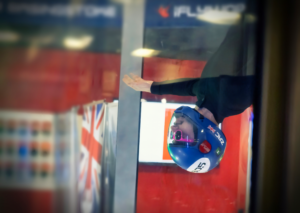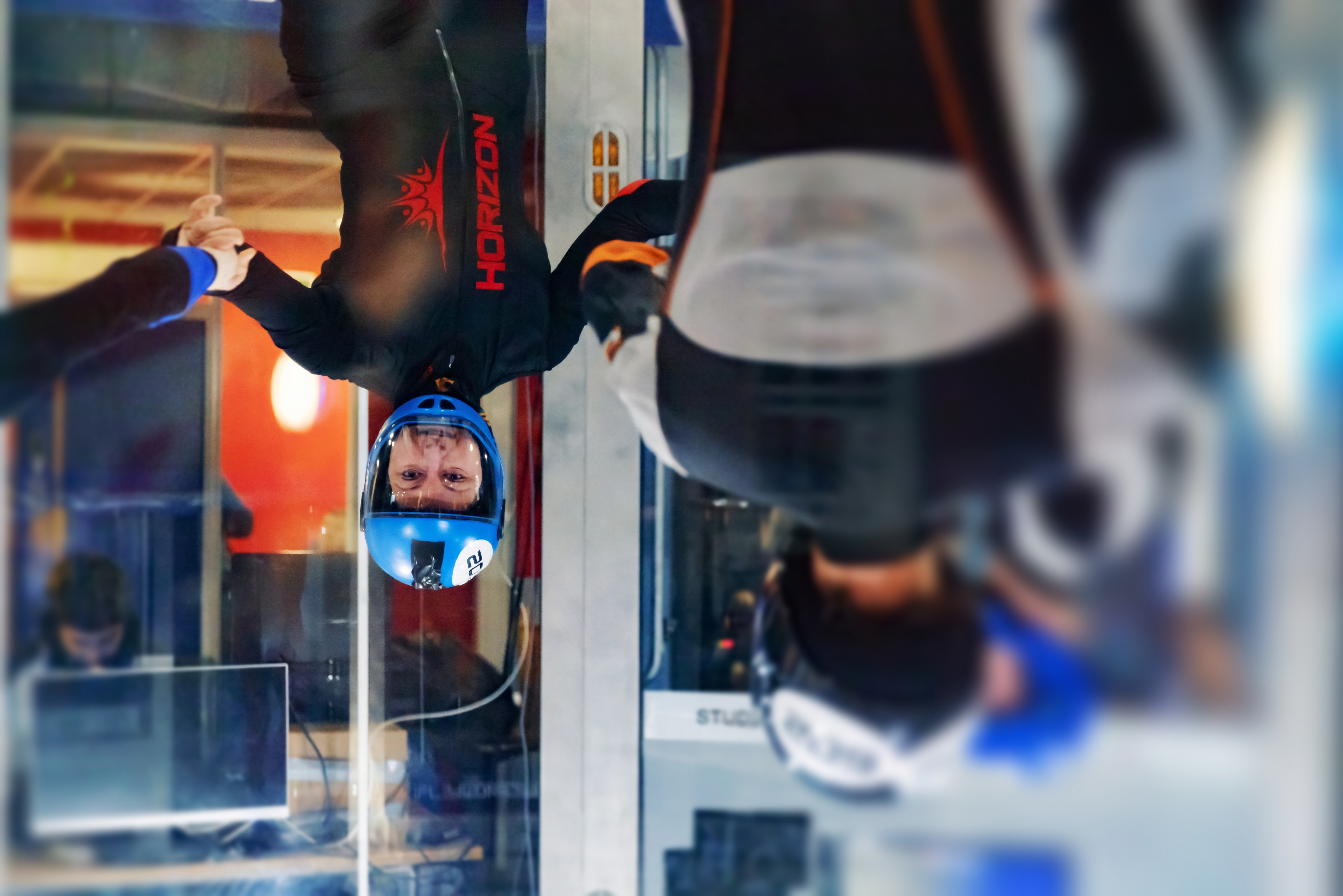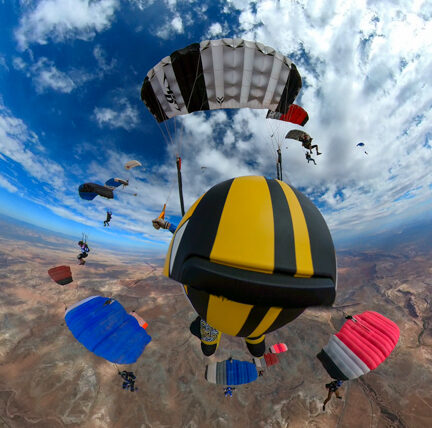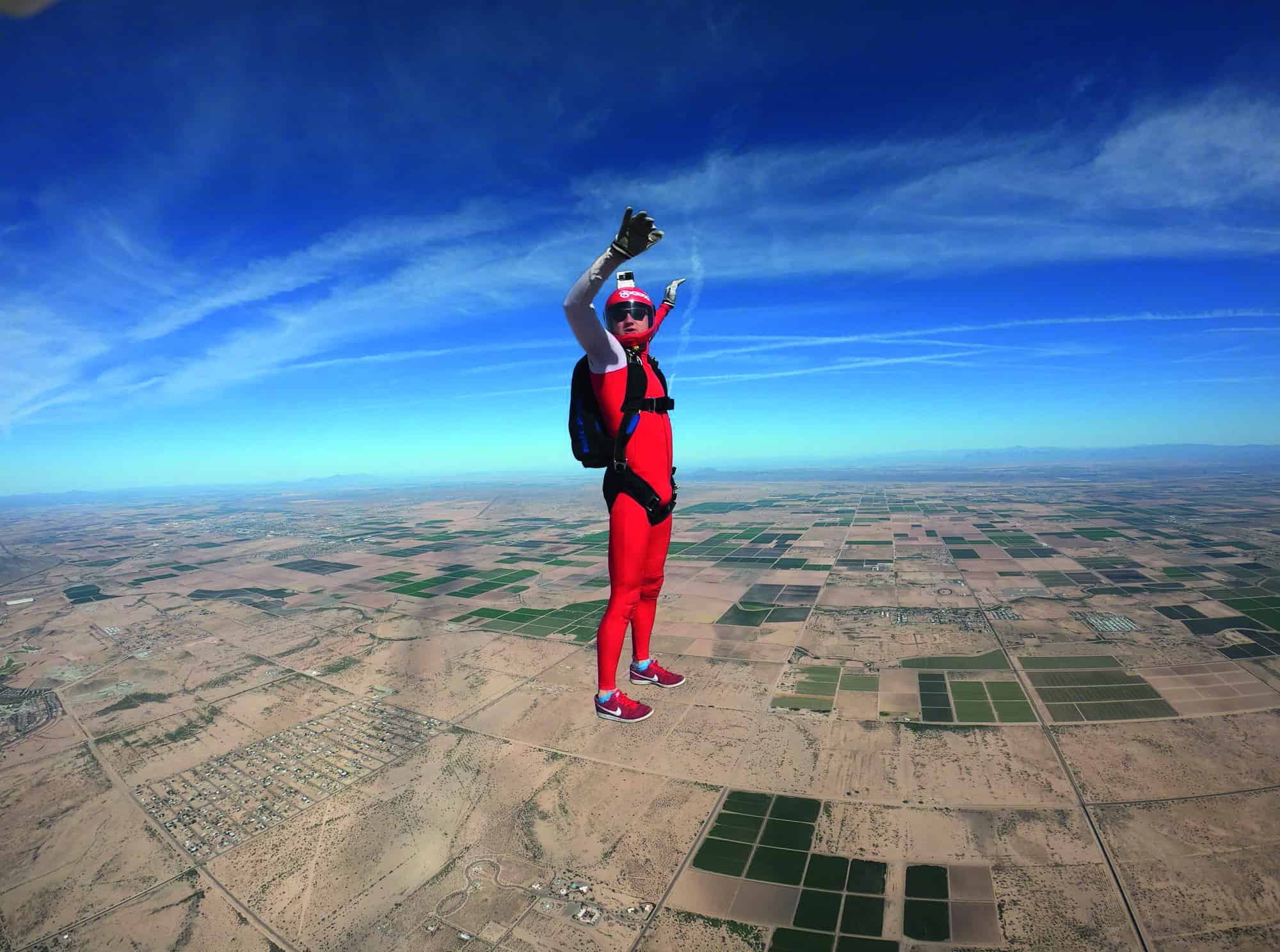By Connor Figg
All images courtesy iFly
Routines are a hugely influential part of our lives. They can guide our actions in more ways than most of us realise. It is often remarked that we are creatures of habit: we drive the same routes to work, we pick the same products when shopping, and we repeat countless other actions throughout our days. When we switch our brains off and find ourselves “going through the motions”, it is the routines that we have developed that take over. This can be very helpful in some ways – which we will touch upon in this article – but it can also impact us negatively, too.
In flying, routines also refer to the sequence of moves, points or tricks that we perform when in the wind. This can be applied to competition – or training – in different ways. In this article, we’ll discuss the ways in which routines both in and out of the wind can be used to improve our skills and help us perform at our peak.
ROUTINES, OUTSIDE THE WIND
Routines provide structure, consistency and stability. They offer a roadmap through the chaos of modern life, and in sports – even a “fringey” one, like ours – strong routines are the cornerstone of success, ingraining discipline, focus, and consistency in athletes. They function like principles, allowing us to say no to things that we know will take us off our path and drawing us towards those things that we know will keep us on our path.
Designing a routine for peak performance outside the wind is the first step to developing peak performance inside the wind, and it is definitely not for the faint of heart. The scope covered by the word “routine” is immense, ranging from strict bedtimes, to nutritional macros, to timing of training. When designing a routine, I’ve found that it’s helpful to list out each part of a routine I’m thinking about adding and/or taking away, and then reflect on some questions:
In what specific ways will integrating this part of the routine increase the number of options and opportunities I have in the future? What will I need to look for – the earliest signs – to determine how successful and worth-the-effort it is?
Whose support will I need to integrate this part of the routine?
What will integrating this part of the routine cost me (in terms of money, energy, time, relationships, opportunities, preferences, priorities, reputation) daily? Weekly? Monthly? Yearly? Over the course of my life, if relevant?
What is the very first thing I’ll need to do or plan once the decision is made to integrate this part of the routine? The first big, effortful thing? The first expensive thing (in terms of time or money)?
Is there another way to accomplish the same intended outcome?
Are there other outcomes that would also be acceptable to me?
ROUTINES IN THE WIND
A routine, in essence, is a template of behaviour that you feel confident about using as a means to accessing your optimal state of body and mind. When training, a routine will help an athlete to strike a balance between practising one move enough and practising it too much; to focus on one move enough, but never focusing on it to the point where you’re not balanced in your skills.
A strong routine structure also, vitally, helps us to learn how to maintain flow. Flow is hugely important in every single discipline of indoor skydiving, from dynamic flying to formation skydiving. Being able to carry momentum and power through from one move or point to the next is how we learn to fly faster, so building a routine that emphasises the spaces between the individual moves is what makes a truly excellent flyer.
My best advice for building a strong routine structure is to ask your coach to help you to sketch one out. Aim to co-design a routine that allows you to work independently, but provides your coach maximum surface area to help you to make adjustments and suggestions when you’re flying together.
ROUTINES FOR COMPETITION
It’s nigh on impossible to overstate the mental gymnastics involved in competition. The stresses and strains and highs and lows all add up to incredibly intense mental experiences. It can be all too easy to get lost in the storm of emotions that you experience throughout a competition, and this can lead to sub-par performances and poor decision making. Routines can help with this.
Many of the top athletes in the world try to focus on creating mental and physical routines. These are designed not only for daily use in the training environment, but also for seamless integration into the “wartime” deployment of competition. As much as possible, they will try to train in exactly the same way as they will compete, up to and including their mental preparations before walking onto the field – or, in our case, entering the tunnel.
Some athletes choose to listen to a specific song or playlist; others perform mental exercises, visualisations and meditation. Some incorporate smells, foods, energy drinks, dances – no judgment, honestly.
What is very important is that none of these tools are developed on the morning of the comp. Successful athletes develop these rituals early in their training, building the confidence that they can access the same mental state during the stresses of competition by repeating these same actions.

WORDS OF WARNING
As you design your in- and outta-tunnel routines, it’s important to keep a few things in mind. Firstly, over-reliance on routines can breed rigidity, making you less adaptable to changing circumstances – or unexpected challenges. (Example: if your pre-comp routine relies on a certain energy drink that you can’t get outside of the UK but you’re competing in China, you’d better make sure you bring enough of the stuff in your checked luggage – and that it’ll get through customs!) Past that, there’s the reality that if your routine starts to feel monotonous, it’s going to lose its magic. To solve that – and stay out of stagnation – continually check in to re-evaluate your routine. Further along those lines: die-hard adherence to routines without adequate rest or recovery can increase your risk of burnout (and even injury), so watch for that – the rule of thumb is to be the best possible “parent” to yourself.
ROUTINE GREATNESS
I’ve spent the last six issues with you, sharing what I have learned over my flying career about how to make this beloved windytube of ours work for you in the best possible way. It’s really this bit about routines that brings it all together, so it’s this that I wanted to leave you with, as I pass the By The Minute baton to the wonderful Will Bond.
There’s so much about flying that crosses over into daily life: in our daily lives, we’re all really just putting together a free routine, right? We get creative and decide what will show our skills in their best light, and then we get out there in the glass and we fly our lines for the world to see.
Routines are the threads that weave together moments of triumph and perseverance. In sports like ours, they are the silent architects of greatness, shaping champions through discipline, consistency and unwavering dedication. By embracing the power of routines, both on and off the field, we can unlock our full potential and embark on a journey of growth, resilience and fulfilment.
So get out there and fly, friends. I’ll see you at the tube.
BIO
Connor has been zooming around the globe, coaching freefly in various tunnels and bits of sky for most of the last decade. He has earned a healthy selection of National Champion titles in Freestyle and Dynamic flying and has consistently ranked in the top 10 at the latest World meets. He now lives in the Netherlands with his partner-teamies and spends most of his time wishing he had a cat.
If you would like to join Connor at one of his future tunnel camps, feel free to shoot him a message on Facebook. He promises he won’t bite.
Want to find more stories like this? Download the official Skydive the Mag app on either apple or android. Don’t want to download? Don’t worry. You can read the online version here.





